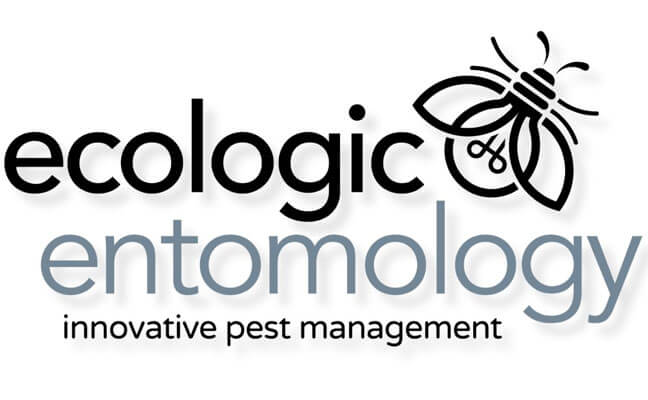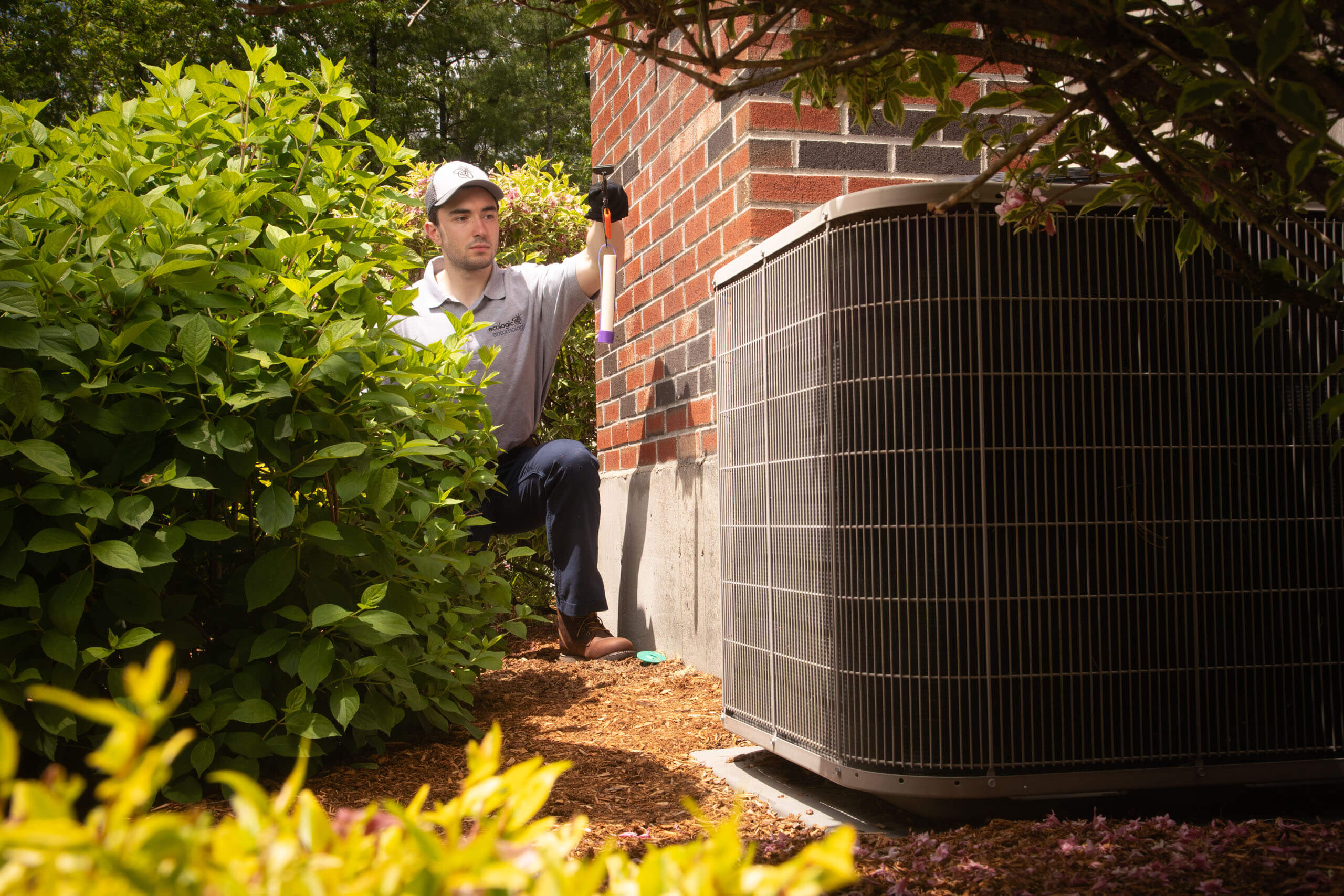As headlines begin catching up to what many in the pest control and public health sectors have long known, the threat of H5N1 avian influenza is no longer limited to poultry farms or migratory birds. It’s evolving—quietly, persistently—and now poses a broader danger. It’s time we talk about a critical and overlooked link in the disease chain: rats.
Why Rats Are a Hidden Risk in the Bird Flu Crisis
When discussing infectious disease risks, we tend to focus on what we can see—dead birds on beaches or livestock infections making national news. But urban rats? They’ve always been the shadowy menace in our cities, largely ignored until an outbreak forces action. That’s a mistake.
Rats are resilient, adaptive, and thrive in areas with poor sanitation, excess food waste, and crumbling infrastructure. They’re mobile, social, and hard to eradicate once entrenched. If H5N1 or any strain of avian flu in mammals manages to jump to rats and sustain itself in their population, we’re dealing with a vastly more complex zoonotic disease threat.
Rats and Disease Transmission: A Historical and Modern Danger
We’ve been here before. Rats were major players in the spread of the Black Plague and have since been linked to diseases like leptospirosis, hantavirus, and salmonellosis. These are not obscure, theoretical risks—they’re active threats in densely populated cities across the country.
With the growing concern that bird flu could mutate to infect humans more easily, ignoring the potential role of rats in viral transmission is shortsighted. Rodents don’t just adapt to human environments—they exploit them. If H5N1 finds a home in rodent colonies, especially in large urban centers, the results could be catastrophic.
The Role of Pest Control in Disease Prevention
The pest management industry must be on the front line of this. We cannot afford to wait for the CDC to hand down formal guidance months—or years—too late. Environmental surveillance of rodent populations should be happening now, alongside testing and monitoring of avian and livestock vectors.
Rodent control is not just about aesthetics or property damage—it’s about public health. Every time we delay or downplay rat infestations, we increase the odds of facilitating viral evolution and transmission.
Cities Must Act Before It’s Too Late
Many municipalities drag their feet on proactive rat control because it’s expensive, politically unpopular, or simply not flashy enough to win attention. That kind of complacency is dangerous.
Cities that fail to invest in serious rat prevention and mitigation programs are gambling with the next public health crisis. These aren’t isolated infestations anymore—they’re interconnected ecological hazards. And unlike a news story that fades, an established disease reservoir in rats doesn’t go away easily.
Connecting the Dots: Bird Flu, Rats, and the Next Pandemic
We already have the tools, the data, and the field experience to tackle this problem. What we’re lacking is urgency. As someone who’s been in this business for decades, I’ve said it countless times: pest control is public health.
H5N1 bird flu is the warning shot. Rats could be the accelerant. If we don’t start connecting these dots now—across sectors, cities, and agencies—we’ll be left responding to a crisis we could have prevented.

